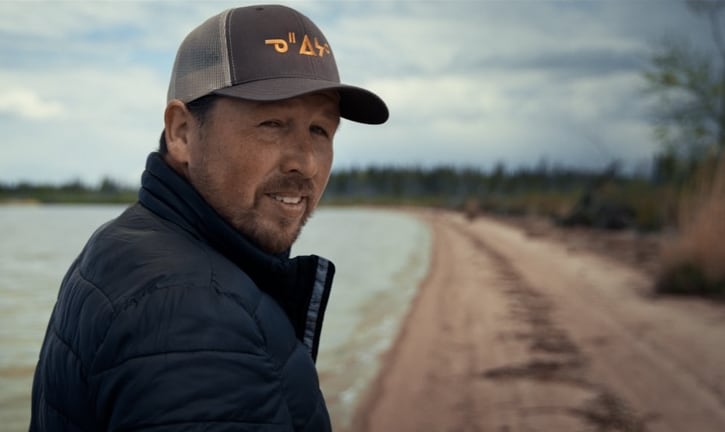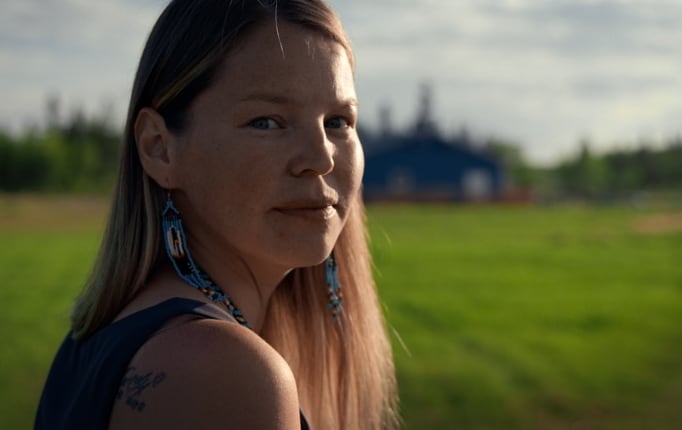2
EPISODE TWO :
MONTREAL LAKE CREE NATION
Healing is a community effort, and Montreal Lake Cree Nation in northern Saskatchewan knows this more than anyone. Community leaders work together as they return to their traditional traplines and to land-based teachings, guiding youth into safe spaces for learning. This is the story of Jarrett, Carol and Flair who awaken the power of their people by reconnecting to the land and culture.
OUR STORYTELLERS

JARRETT

CAROL

FLAIR
TRAPLINE
ᐊᐧᓂᐦᐃᑫᐢᑲᓇᐤ
wanihikêskanaw
Before the arrival of Europeans on Turtle Island, traplines, or ᐊᐧᓂᐦᐃᑫᐢᑲᓇᐤ (wanihikêskanaw) in Woodlands Cree, crisscrossed the continent from coast to coast to coast. They formed an intricate and interconnected web of hunting, trapping and trading routes and were a source of food, materials, education and identity.
These traplines offered families a direct connection to the land, both to sustain themselves and perpetuate traditional knowledge and culture. For millennia, trappers have gone out in the late winter to trap mink, fox, lynx, hare and beaver, living in symbiosis with the land and the natural cycle of life and death.
In the process, people learned from their territory and played a vital role in sustaining it. Parents would teach their children about the land, the bounty it could bring as well as all the skills and respect needed to thrive from it. The cycle of knowledge was thus perpetuated.


But as children were forcibly removed from their families and sent to residential schools, that cycle was broken. The youth stopped learning about their territory and the valuable skills needed to live off of it, also destroying a deeply-rooted sense of pride it brought.
By the mid-20th century, government policy in Saskatchewan broke up hunting and trapping lands into highly-regulated allotments, making it even more difficult for Indigenous to trap on their own land.
Although the continuation of knowledge fostered on the trapline was damaged, it was not destroyed. Indigenous nations across Turtle Island have re-embraced the trapline as a means of education. Many nations now offer land-based learning to youth to teach them the skills necessary to live off the land and reinvigorate a sense of cultural pride and self-identity.
While contemporary challenges remain, such as the encroachment of resource extraction like lithium mining, many Indigenous leaders feel they are in a stronger position than ever before to protect their traditional lands and traplines, thus safeguarding knowledge for future generations.

CONTACT US
Have a story about your own little big community?
Reach out and let us know! We would love to help you tell it.
